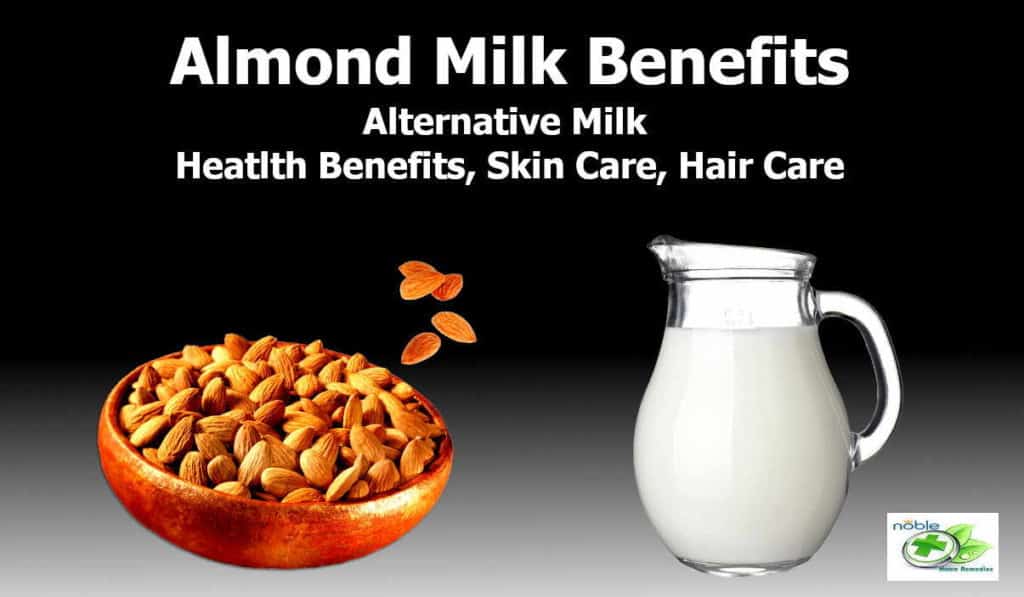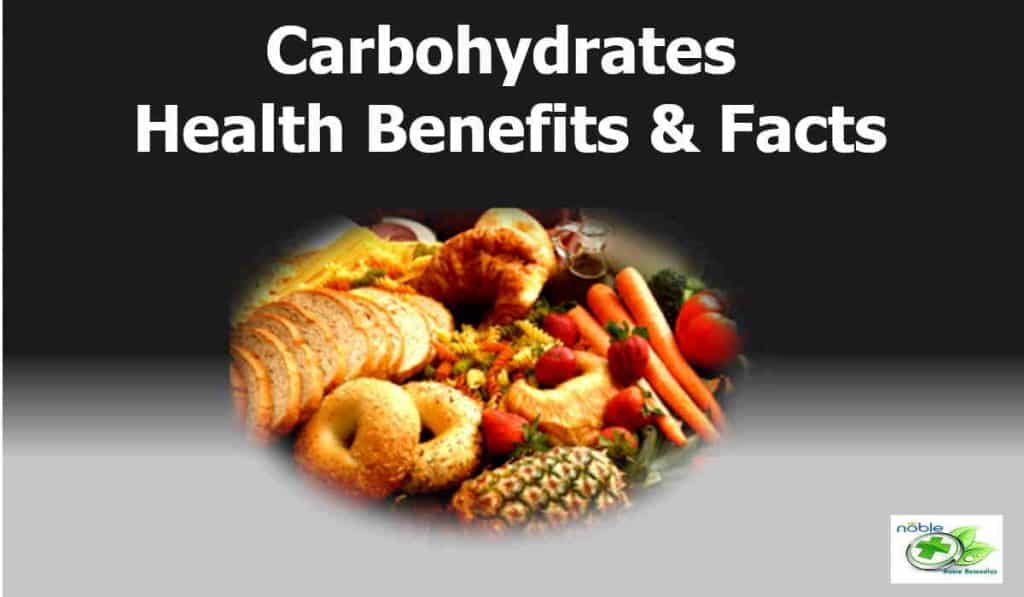6 Practical Spaghetti Health Benefits with Facts
If you are wondering about “spaghetti health benefits”, read further to find out what it contains and how it affects the body.
Spaghettoni is a thicker variation of spaghetti, while Cappellini is a thinner variety. Still, both are thin, long, long, solid, and cylindrical pasta. It is worth mentioning that spaghetti is a traditional Italian dish.
The main ingredients in spaghetti are wheat and water. It also contains vitamins and minerals. Real Italian spaghetti is made with durum wheat semolina. Other types of wheat flour can also be used to make spaghetti. Because of the use of refined wheat, spaghetti is white. Sometimes, whole wheat flour is used, making it slightly brownish.
Original spaghetti was long but a shorter version gradually gained popularity in the market. Now it is about 25 centimeters in length.
Since wheat flour is its main ingredient, spaghetti is rich in carbohydrates. Nutrients and minerals depend on how much of these nutrients and minerals are added by the manufacturer. The Italian style of spaghetti is served with vegetables, meat, and tomato sauce.
What is the difference between Spaghetti and Pasta?
Spaghetti is pasta but all pasta is not spaghetti. There are various types of pasta.
- Angel’s hair
- Elbow macaroni
- Farfalle
- Fettuccine
- Fusilli
- Rotini
- Jumbo Shells
- Linguine
- Orecchiette
- Orzo and so on.
Each got its name because of its shape. In the case, of spaghetti, it is long, thin, solid, and cylindrical.
History of Spaghetti
Pasta dates back to the 5th Century AD. Dried pasta is cooked in boiling water and is portable. In the West, spaghetti got its shape from pasta. Several factories were established in the 19th century that began to produce spaghetti on a mass scale and were hitting the Italian market.
Then by the end of the 19th century, these dishes became available in American restaurants. They are served with meat, vegetables, tomato sauce, and spices, then these are seasoned with oregano and basil.
Forms of Spaghetti in production
Factories produce two types of spaghetti. Fresh and Dried.

Fresh spaghetti
Fresh spaghetti is made with a rolling pin and knife at home. Then the home pasta machines were invented to simplify the rolling pin and knife. These machines provided a uniform shape to spaghetti. The cooking of fresh spaghetti is supposed to be done within hours of production.
Dried spaghetti
The factories produce only dried spaghetti. They use auger extruders to process food. This way, extrusion is achieved. Making spaghetti requires extra attention to detail. Make sure no air bubbles form while mixing and kneading the ingredients.
Drying requires special attention to prevent the spaghetti from sticking together. It also requires enough moisture so it doesn’t become brittle. There are several packaging options for spaghetti, such as paper wrapping, boxes, and plastic bags.
Spaghetti preparations
The serving style of spaghetti only differs from country to country. Dried spaghetti and fresh spaghetti are both cooked in boiling water with salt.
Italian Cuisine
Spaghetti in Italian style served with tomato sauce. The tomato sauce is usually combined with many herbs, meat, and vegetables. Sometimes grated cheese is sprinkled on the spaghetti. The cheese variety to choose between is parmesan, pecorino, or Grana Padano.
United States Cuisine
In the United States, spaghetti is commonly served with chili con carne.
Philippines Cuisine
There is also Filipino spaghetti, served with tomato sauce, banana ketchup, and sliced hot dogs. There is also a large quantity of cheese, ground meat, and sliced hot dogs added to the dish.
Spaghetti Nutrition Facts
| Type | Spaghetti (Pasta) |
| Origin | Italy |
| Ingredient | Semolina Wheat flour |
| Appearance | Long, thin, solid, and cylindrical – 25 cm in length |
| Color | White (if whole grain wheat then brownish) |
| Calorie per1 cup serving of 151g | 225 Kcal |
| Nutrients | Carbohydrate 45.41 g (34.93%) Selenium, Se 54.8 µg (99.64%) Manganese, Mn 1.995 mg (86.74%) Iron, Fe 2.6 mg (32.50%) Vitamin B3 (Niacin) 4.72 mg (29.50%) Phosphorus, P 192 mg (27.43%)Tryptophan 0.116 g (26.36%) Copper, Cu 0.34 mg (37.78%) Isoleucine 0.35 g (20.93%) Vitamin B1 (Thiamin) 0.236 mg (19.67%) |
Spaghetti Health Benefits
As previously mentioned, spaghetti is pasta made from wheat and water. Wheat is a rich source of carbohydrates as well as potassium, iron, fiber, and vitamin B. The dietary fiber content of grain-based spaghetti is higher, whereas the dietary fiber content of refined wheat flour spaghetti is lower.
1. Source of energy
The main source of energy in our body is carbohydrates. This energy is used by our heart, brain, muscles, and kidneys.
2. Aids Digestion
The fiber content in spaghetti helps digestion. Especially the spaghetti made of whole-grain wheat flour.
3. Source of nutrients
Spaghetti made of whole-grain wheat flour contains more fiber. And also vitamins, minerals, potassium, magnesium, and selenium. iron and sodium. These are essential for various functions of our organs.
- Selenium takes care of the proper functions of hormone glands.
- Potassium is necessary for heart function and to maintain the right blood pressure
- Magnesium is necessary for our nervous system, muscles, bones, and metabolism.
4. Reducing the risk of prostate cancer
A study reveals lycopene in tomato (or tomato sauce) has a link to reducing the risk of prostate cancer. Meanwhile, selenium helps to prevent prostate cancer.
5. Cardiovascular health
Spaghetti does not contain cholesterol. Eating the right quantity of spaghetti makes you feel full, reducing your cholesterol-rich intake of food. There is good news: Eating pasta reduces the risk of cardiovascular disease, obesity, diabetes, metabolic syndrome, and the development of Type 2 diabetes.
Once the pasta is cooked and cooled down, it becomes starch-resistant, which means that digestive enzymes cannot break it down. Through this process, the body burns fatter and stores less fat. Therefore weight loss is also achieved.
To know your calorie expenditure requirements you can use the BMR calculator here.
6. Good for Sports
It is good for people who do sports or physical exercises to eat pasta or spaghetti as it is a good source of carbohydrates and protein. This aids physical performance.
Takeaway
A balanced diet has carbohydrates, so spaghetti isn’t that bad for you. But most people consume more refined grain, so you’re better off with spaghetti made with whole wheat flour. About half of your daily grain intake should come from whole grains.
For a person with a good and decent health condition, eating spaghetti can do more good to him than harm.
Source:
Noble Home Remedies adheres to rigorous sourcing standards, drawing information from peer-reviewed studies, reputable academic research institutions, and esteemed medical journals and associations. We prioritize using high-quality, trustworthy sources to maintain the accuracy and integrity of our content. You can learn more about how we ensure our content is accurate and current by reading our editorial policy.
- Spaghetti – Wikipedia – https://en.wikipedia.org/wiki/Spaghetti
- New evidence that a heart-healthy diet also helps fight prostate cancer – Harvard Health – https://www.health.harvard.edu/mens-health/new-evidence-that-a-heart-healthy-diet-also-helps-fight-prostate-cancer
- Is Spaghetti Healthy and Good? | New Health Guide – https://www.newhealthguide.org/is-spaghetti-good-for-you.html
- Carbohydrates 101: The benefits of carbohydrates | Reid Health – https://www.reidhealth.org/blog/carbohydrates-101-the-benefits-of-carbohydrates
- Is Pasta Bad for You? | University Health News – https://universityhealthnews.com/daily/nutrition/is-pasta-bad-for-you/
Trust in your purchase:
Every product featured on our site has been carefully researched and selected based on quality, customer ratings, and positive reviews to ensure you receive excellent value for your money.
Please note:
This post contains affiliate links. If you make a purchase through these links, we may earn a small commission at no additional cost to you. This helps support our site and allows us to continue bringing you valuable content. Thank you!
Thank you for your precious time spent with NobleHomeRemedies.
You may also like:
Incredible Banana Nutrition Facts and Health Benefits
Incredible Banana Nutrition Facts and Health Benefits: Wow What do you know about Bananas? The…
Almond Milk Benefits
11 Healthy Almond Milk Benefits: Uses and Nutrition Facts There is nothing new about almond…
Apple Cider Vinegar Health Benefits and Facts
14 Surprising Apple Cider Vinegar Health Benefits and Facts When it comes to treating various…
Health Benefits of Chinen Salt
Health Benefits of Chinen Salt: Effective Diabetes Treatment Since ancient times, the Chinese have been…
Health Benefits of Ginger
9 Health Benefits of Ginger: Secret of Health and Wellness When it comes to spices…
Health Benefits of Carbohydrates
5 Important Health Benefits of Carbohydrates: Plus Weight Loss In short, carbohydrates are called carbs….






